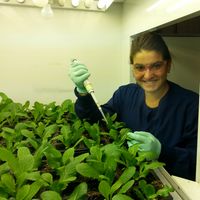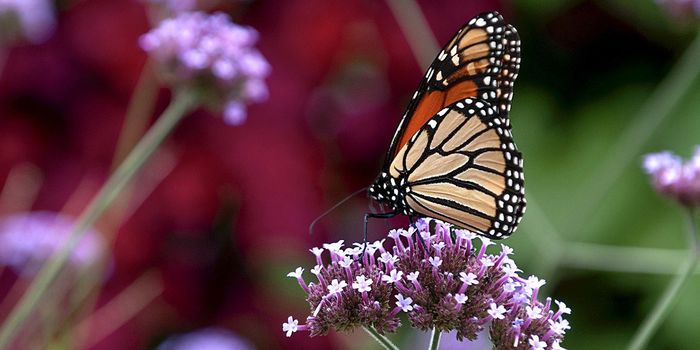Chocolate is made from the seeds of the cocoa bean tree also known as Theobroma cacao. The trees are commonly grown in tropical regions of northern South and Central America. In order to produce chocolate, a process known as fermentation is used to break down the pulp which surrounds the cocoa beans and helps to develop a variety of flavor compounds. Fermentation is a metabolic process that occurs in yeast and bacteria where sugars are converted to ethanol. The entire fermentation process typically lasts up to seven days. Yeasts that are prominent in the fermentation process of cocoa beans often include Kloeckera apis, Kloeckera javanica, Kloeckera africana, Candida humicola, Rhodotorula rubra, Rhodotorula glutinis, Saccharomyces cerevisiae and Candida topicalis.
One of the world's largest chocolate producers, Barry Callebaut, has initiated a research project to help enhance the flavor of chocolate using a newly developed hybrid yeast. Dr. Kevin Verstrepen, a professor at the Katholieke Universiteit Leuven (KU Leuven) in Belgium, has adapted a brewer's yeast to thrive within the cocoa bean environment. This unique type of yeast is able to fully ferment the chocolate without the aid of any chemical additives in order release chocolate aroma and flavor. This hybrid yeast is also able to prevent the growth of microorganisms that may cause the chocolate to spoil which helped to reduce the fermentation process from six to just four days. Scientists are now in the process of performing sensory analysis on the chocolates with the new hybrid yeast starter culture developed specifically for cocoa beans.








